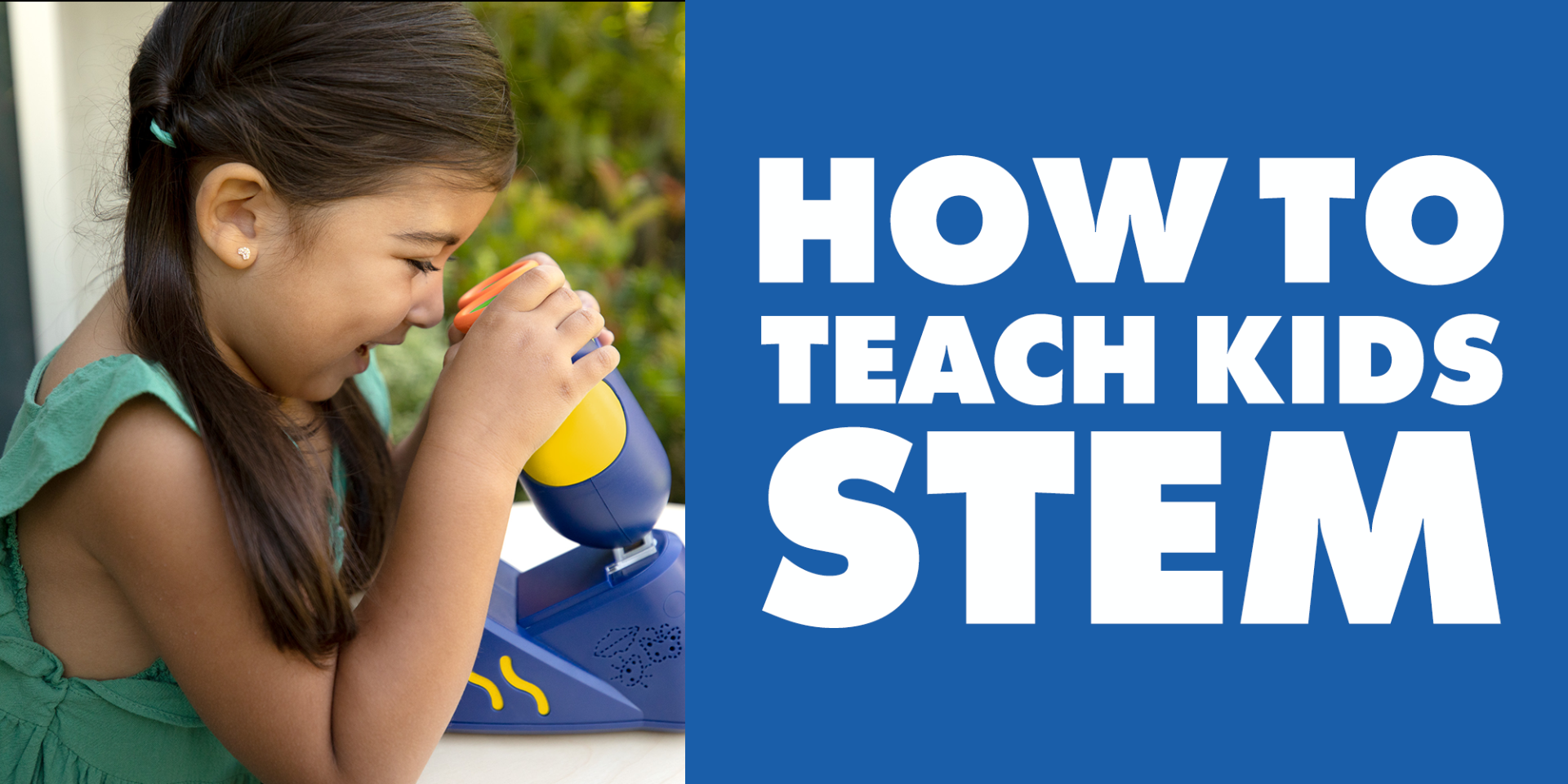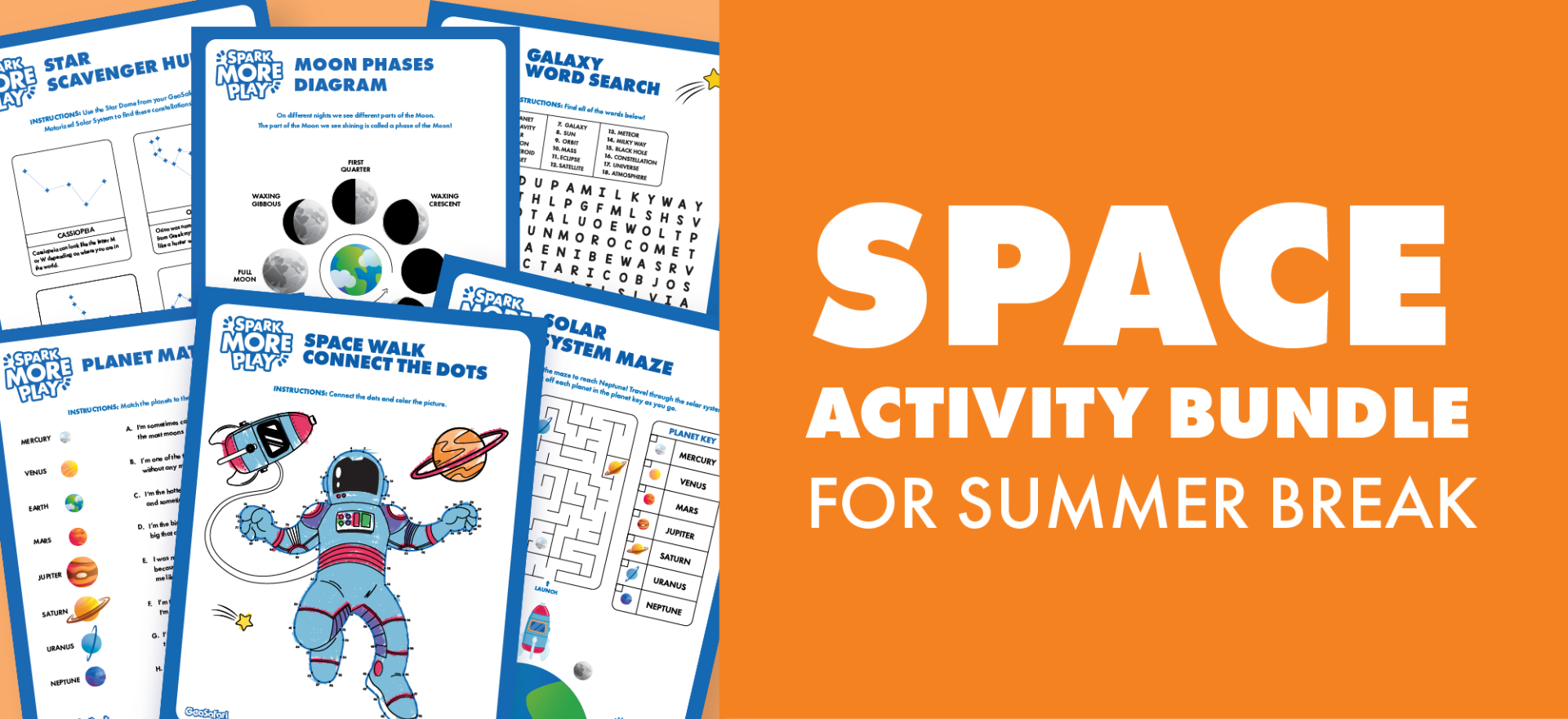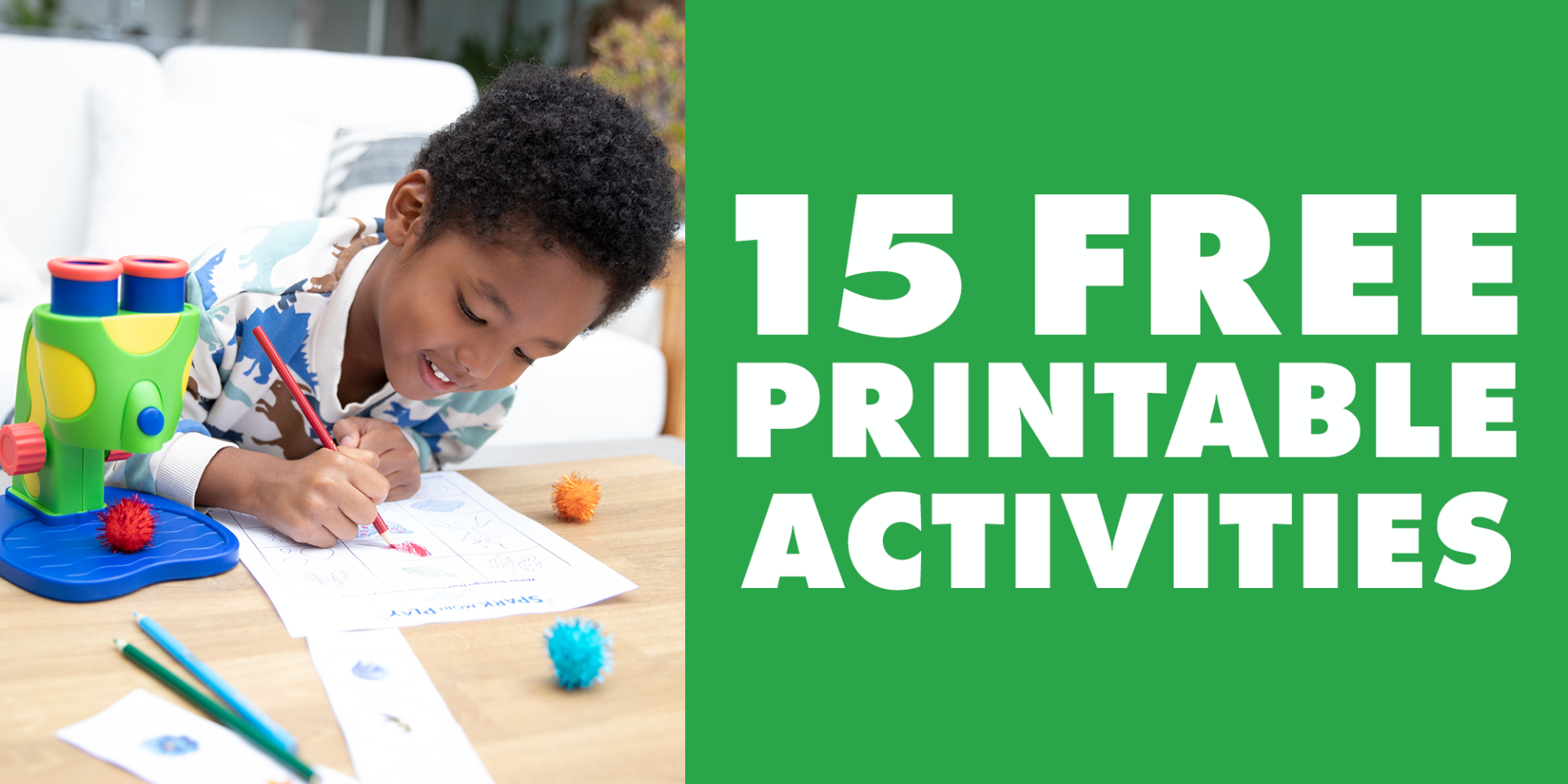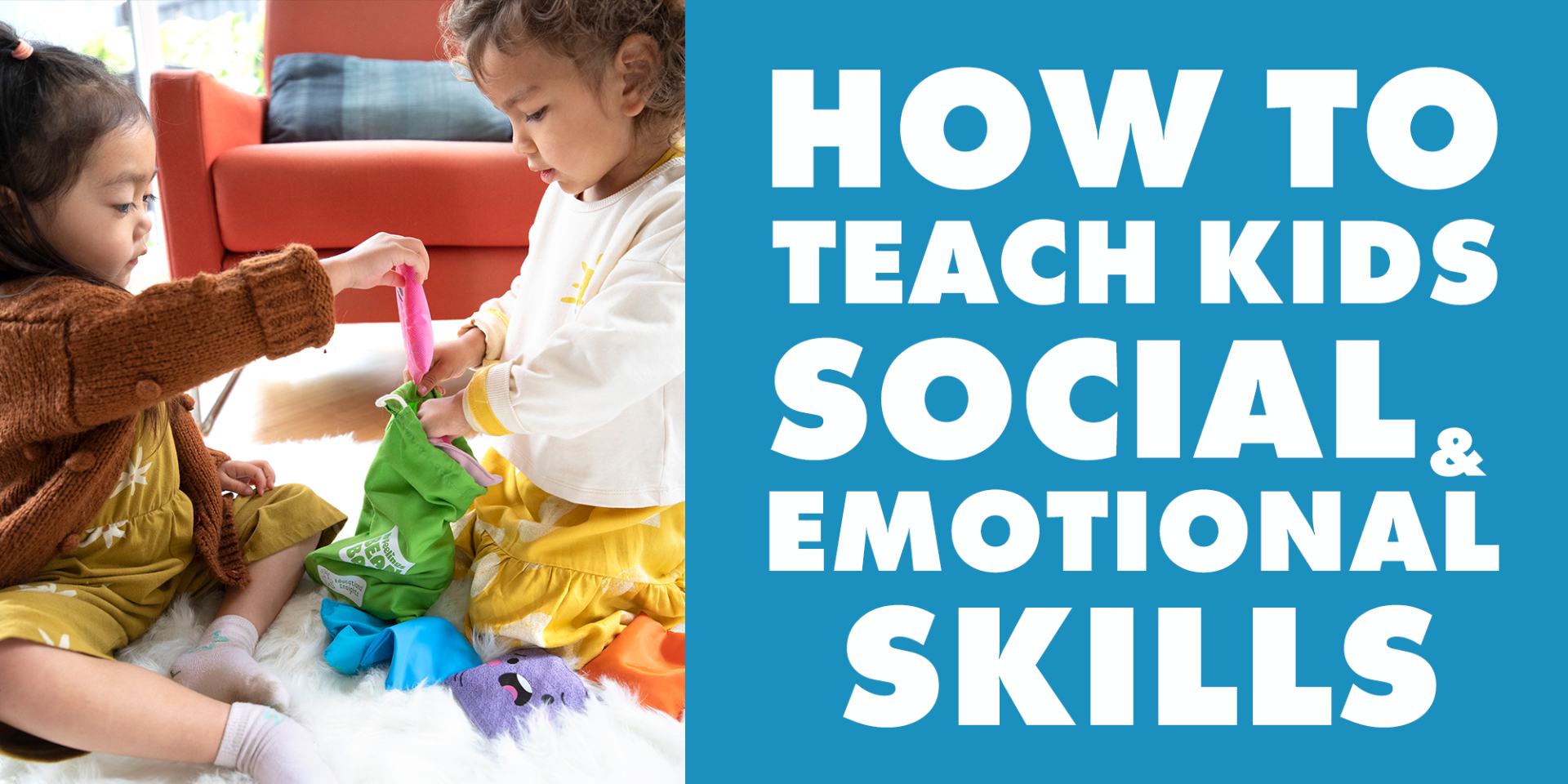
How to Teach Kids STEM
- EI Editor Posted On Apr 25, 2023
If you have kids in school, you’ve probably heard the terms “STEM” or “STEAM.” STEM is an acronym that stands for Science, Technology, Engineering, and Math (the A in STEAM stands for Arts). So, what’s the difference and why are they important?

STEM VS STEAM
STEM is a blended approach that uses real-world situations and connections to teach problem-solving, critical thinking, and key scientific concepts. STEAM is similar but incorporates the arts and creative thinking to teach the same skills.
WHY IS IT IMPORTANT TO TEACH STEM
Whether or not your kid is destined to be a STEM major in college or go into a STEM-related field, STEM itself teaches a lot of super important skills that kids can apply to other aspects of their lives! For example: problem-solving, critical thinking, creativity, independent learning, collaboration, and leadership are all skills that kids can learn and develop through STEM!
HOW TO TEACH STEM TO KIDS
Now that we've established what it is and why it's important…how do you teach it?! The great thing about STEM is its real-world applications, which means there's lots of concrete and hands-on ways you can teach kids STEM! Keep reading for activities, experiments, and more fun ways to teach STEM!

SUPPORTING STEM AT HOME
Here are a few easy and simple ideas for how you can reinforce STEM concepts at home:
- Block play: Building with blocks is a great way to introduce key STEM principles. How many bricks will you use? Why did the tower topple? How can you build a bridge? An arch?
- Baking: Whipping up a sweet treat isn't just together-time fun—it's also an easy way to slip in a yummy lesson on measurement. How much is a tablespoon? A cup? What units do we use to measure liquids? Solids?
- Active math: Make math fun with movement! Take turns counting your steps or hula hoop spins and timing your races. Subtract to see who wins and by how much.
- Nature collections: Take a walk and collect natural fall objects, like leaves, grass, nuts, and seeds. Discuss where they came from, why they look the way they do, and what purpose they serve. Google any unanswered questions when you get home. Check out our GeoSafari® Jr. line for kid-specific exploring tools.

- Board games: Card games are a great way to hone strategic thinking skills. Koala Capers is a fun strategy game for younger kids, or pick your family's favorite card game!
- Coding games: Introduce the basic concepts of coding with fun on-line games designed just for kids. Websites like Code.org feature games with familiar characters like Anna and Elsa and tutorials starring Bill Gates, Mark Zuckerberg, Angry Birds, and Plants vs. Zombies to lure in older kids. Or grab one of our amazing coding toys like PYXEL™!
- Upcycled art: Engineering meets art! Provide a pile of recycled materials and let your kids go crazy building upcycled structures. Be sure to include a variety of materials, from egg cartons and empty milk containers to paper scraps.
- Stargazing: An evening of stargazing is a wonderful way to introduce astronomy. For younger kids, introduce them to using telescopes with GeoSafari® Jr. My First Telescope, or grab GeoSafari® Vega 360 Telescope for older, more experienced astronomers.
- Marble Runs: Put your kids' math, engineering, and scientific know-how to the test by building your own marble run with Design & Drill® Marble Maze.
CANDLE WATER PUMP EXPERIMENT
Ages: 5-12
Grade: K-6
Supplies:
- Drinking Glass
- Tea Candle
- Plate
- Water
- Food Coloring (recommend for visual aid)
- Coin (optional for visual aid)
- Lighter **Adult supervision required

Procedure:
- Fill a glass with water, add some food coloring, and stir (this will make the results easier to see).
- Pour the colored water onto a plate.
- Place the candle in the center of the plate and have an adult light the candle.
- Place the empty glass upside down over the candle.
- Watch until the candle burns out and water starts to fill the glass.
- If you have a large enough glass and another tea candle, repeat the experiment placing the glass over two candles at once and see if the result changes!
Explaination: This is a demonstration of pressure. The air trapped inside the glass is heated up by the burning candle and it is hotter than the air outside the glass in the room. The hot air inside the glass wants to escape, and it tunnels out the bottom of the glass - those are the bubbles you see coming out around the edge of the glass!
The candle needs oxygen to burn, so when all of the oxygen inside the glass is used up the candle burns out. Then, the air trapped inside the glass starts to cool down. This creates a vacuum or “empty” air inside the glass. The air in the room around you wants to go into the glass and fill this vacuum. When the air in the room does this, the air forces the water into the glass with it. The water stops filling the glass once the pressure inside the glass is the same as the pressure in the room around you!
Click here to see it in action!
The candle needs oxygen to burn, so when all of the oxygen inside the glass is used up the candle burns out. Then, the air trapped inside the glass starts to cool down. This creates a vacuum or “empty” air inside the glass. The air in the room around you wants to go into the glass and fill this vacuum. When the air in the room does this, the air forces the water into the glass with it. The water stops filling the glass once the pressure inside the glass is the same as the pressure in the room around you!
Click here to see it in action!
ERUPTING APPLE EXPERIMENT
Ages: 5-12
Grade: K-6
Supplies:
- Baking Soda
- Liquid Dish Soap
- Water
- Vinegar
- Food Coloring (optional)

Procedure
- In a bowl, mix 1 cup of baking soda, 1 tablespoon of liquid dish soap, and 1 teaspoon of water. Use your hands to mix it all together and shape into a ball. If you are adding food coloring, do that now.
- If the ball wants to crumble, add a little more water. If it's too fluid, add a little more baking soda.
- Place the baking soda ball in the center of a large bowl.
- Slowly pour about ¾ cup of vinegar over the top of the ball. Watch it erupt!
Explaination: This is a chemical reaction between the baking soda and vinegar. In this case, the baking soda (a base) and vinegar (an acid) react to form a gas called carbon dioxide. The carbon dioxide created by this reaction escapes in the form of bubbles, causing the eruption you see.
Watch the video here!
Watch the video here!
DIY CATAPULT
Ages: 5+
Grade: K+
Supplies:
- Popsicle sticks
- Tape
- Rubber bands
- Spoon
- Pom poms or gummy candy

Procedure:
- Stack 5 Popsicle sticks and secure them together with a rubber band at each end. You can also tape them together.
- Stack two Popsicle sticks and wrap a rubber band about 1” from one of the ends.
- Pull the two Popsicle sticks apart at the unbanded end and place the stack of 5 sticks in the middle. Tie a rubber band around the top Popsicle stick and the stack of 5 sticks.
- Place a plastic spoon on the top Popsicle stick, with the spoon facing upward and the top third of the spoon unsupported. Secure it with a rubber band or tape.
- Place a pom pom (or piece of cereal or marshmallow) in the spoon, press it down gently, and release! Can you guess where the pom pom will land?
- Practice with your catapult and see if you can reach different targets from the same starting place by changing your launch angle. You can also try adding a bigger stack of sticks in the middle to see if that changes the distance your catapult can launch.
Watch it launch dog treats towards hungry pups!
DIY LEVER
Use popsicle sticks, toothpicks, and gummy candy to build cities. Then test your building skills to see if it can hold different objects like a book or an apple. How much weight can your buildings hold?
Supplies:
- Toothpicks
- Gummy candy
- Popsicle sticks

Procedure
- Stack 3 Popsicle sticks together and tape them, so they don't move.
- Use one Popsicle stick as a lever and try to lift a book.
- Move the 3 Popsicle sticks closer to and further from the book. Does that change how easy or hard it is to lift the book?
- Is it easier or harder if you only use 1 Popsicle stick under the lever? What if you use 5 or 10 Popsicle sticks?
If you've exhausted all available science experiments, it may be time for a new STEM toy! Our STEM toys cover coding, observation, exploration, discovery, and more through hands-on play. Shop STEM toys on our website.
Your kid will be a STEM star in no time!
 Shop UK Site
Shop UK Site 





